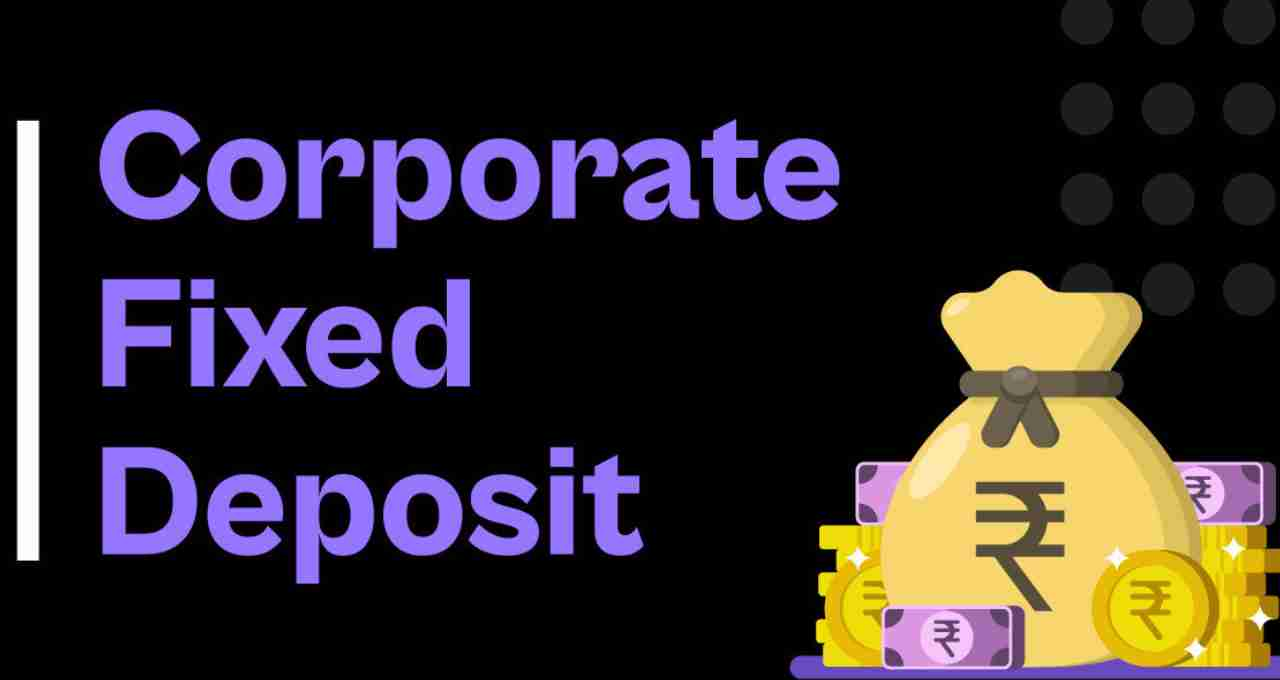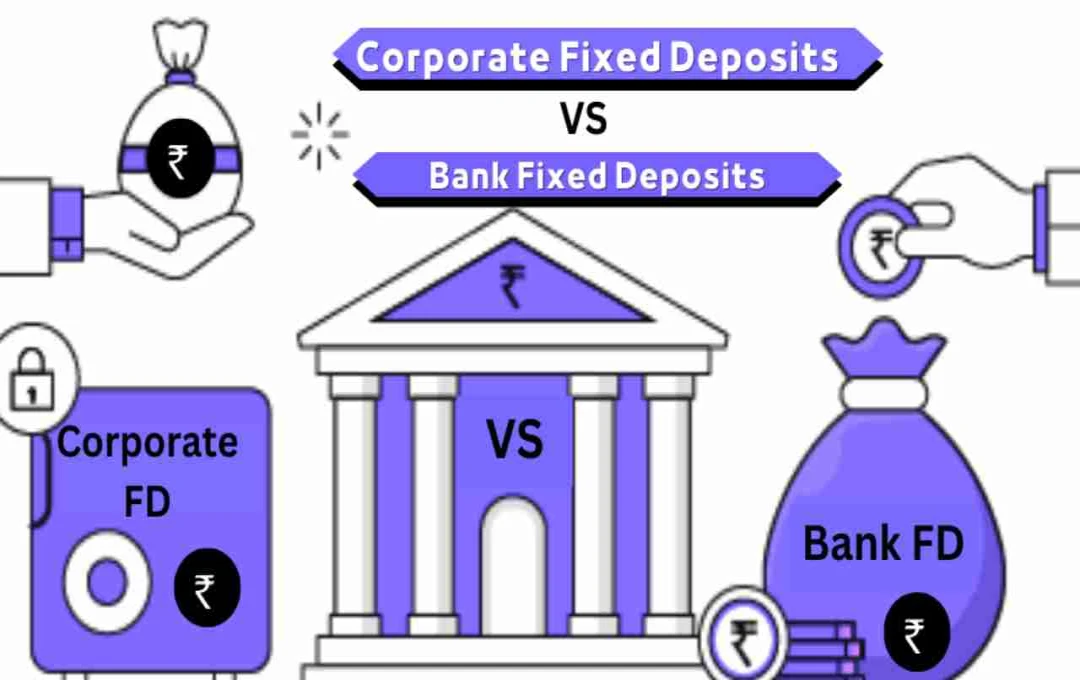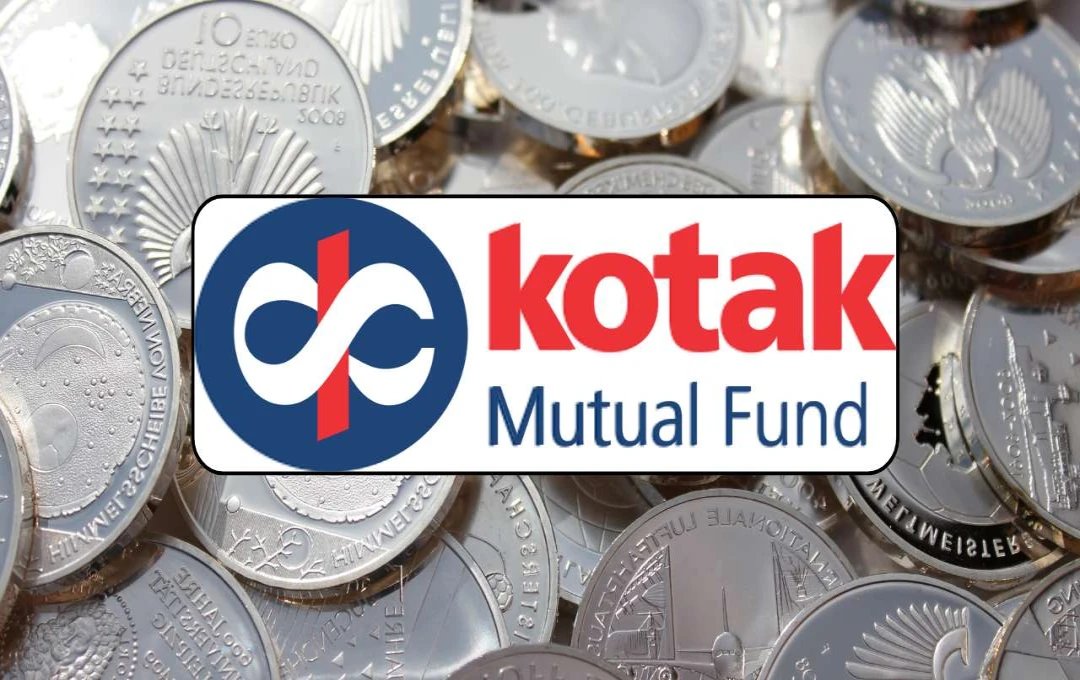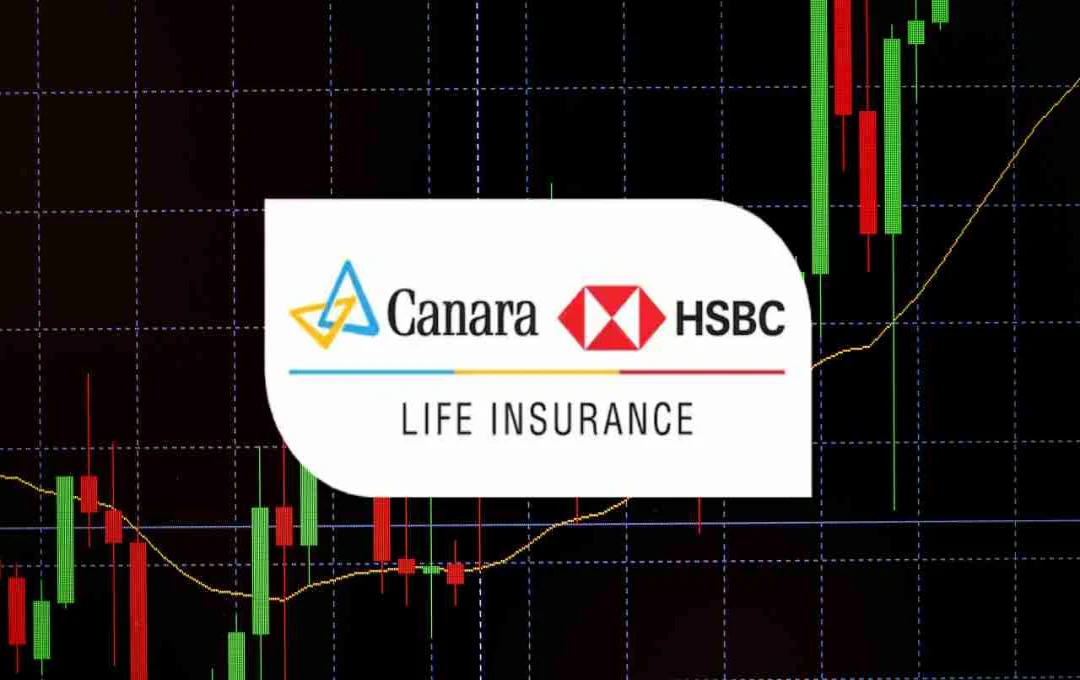Fixed Deposit, or FD, is one of the most popular investment options in India. It's a way to invest where your money is secure and also earns a fixed return. However, investors now have the option of corporate FDs, in addition to traditional bank FDs. This raises the question: what is the difference between bank FD and corporate FD, and which offers a higher return?
What is a bank FD and how does it work?
Bank FD refers to a fixed deposit scheme offered by banks. In this, an investor deposits a fixed amount for a specified period, and the bank pays a fixed interest on it. These FDs are considered completely safe because the principal amount, along with the interest, is guaranteed.
The amount deposited in banks is insured up to ₹5 lakh under the Deposit Insurance and Credit Guarantee Corporation (DICGC). This means that even if the bank defaults up to this limit, the investor doesn't suffer a loss.
What is a corporate FD and how is it different?

Corporate FDs are issued by companies. When companies want to raise money directly from the public instead of taking loans from banks, they take money in the form of fixed deposits.
In these, investors also deposit a fixed amount for a specified period, and the company pays them a fixed interest. However, there is no guarantee like that of a bank, nor is there any DICGC cover. This means that the money depends on the financial condition of the company.
What is the difference in interest rates?
The interest rate in bank FDs is usually between 6% to 7.5%. Senior citizens get an additional benefit of 0.25% to 0.50% on top of this.
However, when it comes to corporate FDs, the interest rate can be 8% to 10% or even higher. Especially when the credit rating of a company is a little low, it offers higher interest to attract investors.
Comparison of investment periods
The investment period in bank FDs ranges from 7 days to 10 years. That is, investors can choose short-term or long-term FDs according to their convenience.
Corporate FDs are usually available for 6 months to 5 years. Some companies also offer FDs for a longer duration, but they also carry more risk.
Method of interest payment

In bank FDs, an investor gets the option of receiving interest monthly, quarterly, half-yearly, annually, or at maturity.
Corporate FDs also generally offer these options, but some companies only provide the facility of paying interest at maturity.
Difference in security and risk
Bank FD is considered the safest investment. Banks operating under the control of the RBI are not only trustworthy but also have indirect protection from the government.
The level of risk is higher in corporate FDs. The security of the investment completely depends on the credit rating and balance sheet of the company. If the company goes into loss or defaults, the investors' money can get stuck.
What is the difference in taxes?
Some tax benefits can be availed on investment in bank FDs. Especially, investing in a five-year tax-saving FD provides a deduction of up to ₹1.5 lakh under Section 80C of the Income Tax Act.
There is no such tax benefit in corporate FDs. However, tax has to be paid on the interest earned from both types of FDs if the annual interest exceeds ₹40,000 (₹50,000 for senior citizens).
Who is offering higher returns at this time?
Currently, companies like Tata Capital, HDFC Ltd., Shriram Finance, Mahindra Finance are offering corporate FDs at a rate of more than 8%. On the other hand, in bank FDs, public sector banks like SBI, PNB, and Canara Bank are offering interest rates of 6.5% to 7.25%. Some private banks like RBL and Yes Bank are offering higher returns, but the risk increases slightly.















